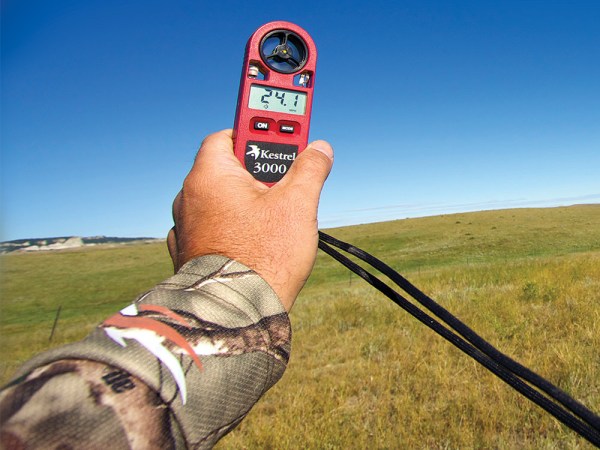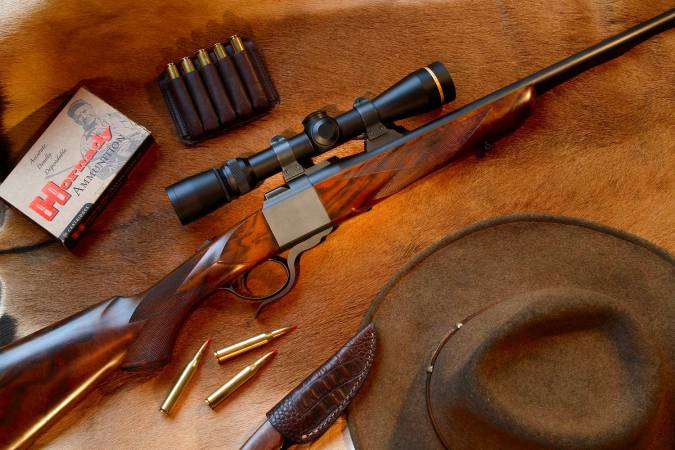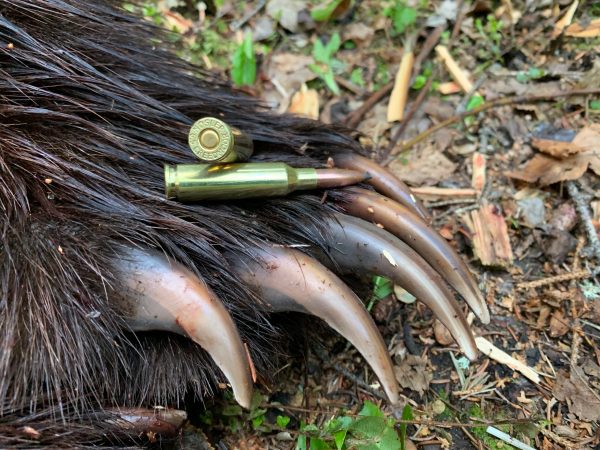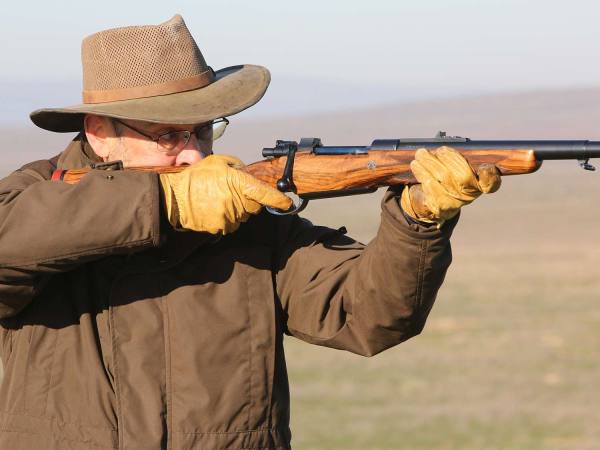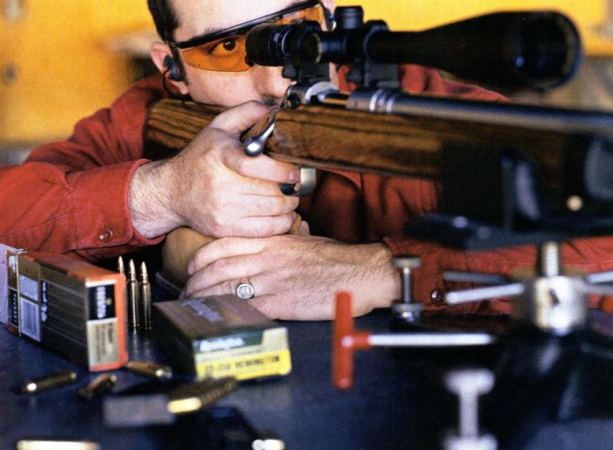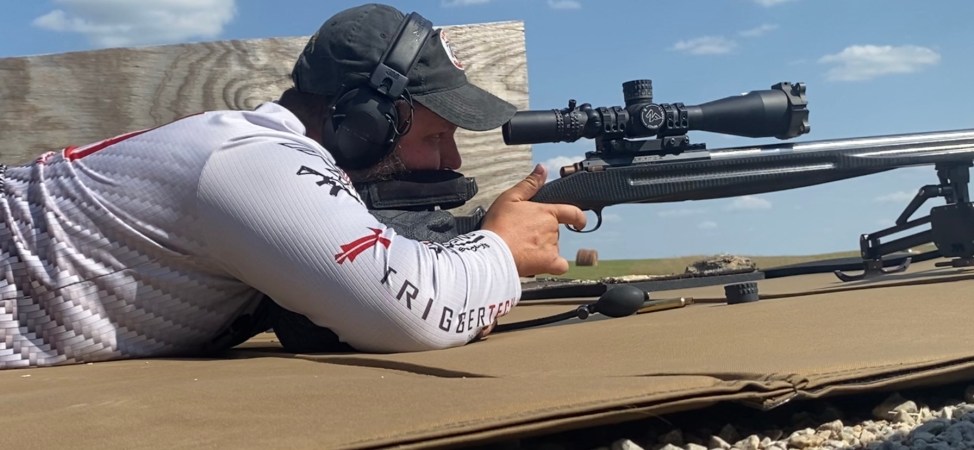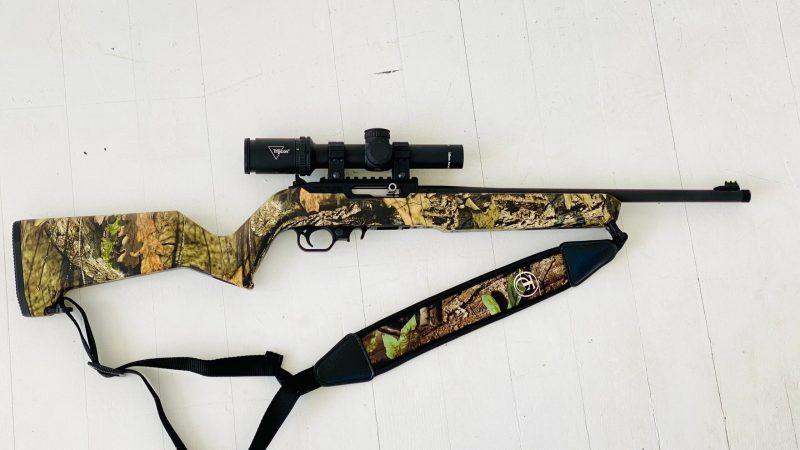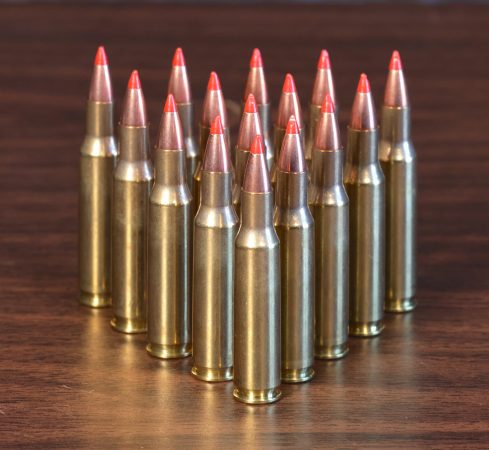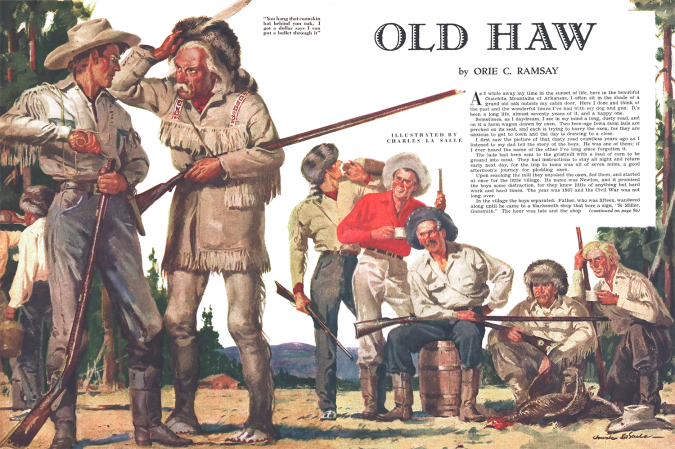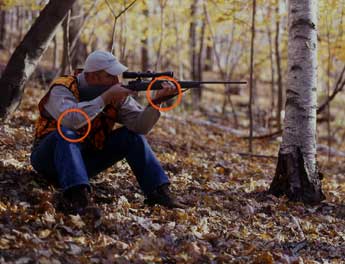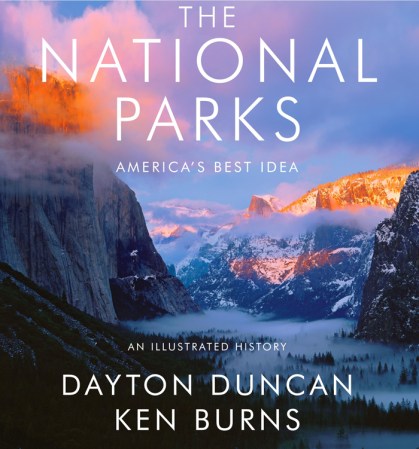We may earn revenue from the products available on this page and participate in affiliate programs. Learn More ›
In order to make a good stand better, I decided to cheat. The stand overlooked a wide bench on the side of a ridge that dead-ended above an alfalfa field. I had the stand positioned on the downwind edge of the bench (the “C” on the left in the illustration), but with the stand in this location, I couldn’t cover the whole area. So I moved it to the center of the bench (the “B” on the left). Some deer were sure to walk downwind of this new setup, but I was confident that my scent would stay above the deer as it was blown off the bench.
My plan worked. A short while later a friend of mine bagged a 145-inch buck from the stand. The buck came by on the downwind side but never detected his scent.
As this anecdote shows, playing the wind entails more than simply setting up downwind of deer sign. It’s an art form that can really up your odds. However, you can only “cheat” when you completely understand how air flows over terrain.
HOW AIR FLOWS
Basically, air blows in the same way that water flows over a creek bottom; it moves predictably over high spots and level stretches but swirls into calm pockets and past obstacles. High winds, like fast water, swirl more than light, steady winds.
Also, keep in mind that as wind moves over a ridge, the quiet pocket of still air on the lee side can pull it down. This causes swirling that sucks human scent toward the ground. The farther up on a ridge you place your stand, the better your chances of having your scent flow out above deer. (The “C” on the right in the illustration is placed high enough to avoid swirling winds, but it also puts a hunter away from the main action.)
Hollows and draws funnel wind and change its direction like water that hits an oxbow in a stream. The most severe case occurs when the wind flows across a ravine. Because of the way the wind hits the downwind side of the ravine it will usually flow in the opposite direction at the bottom.
A more predictable situation occurs when the wind is blowing in the same direction as a ravine runs. In this case, the ravine will channel the wind. This is the only time when these locations are huntable (stand “B” on the right).
WIND TUNNELS
Even if the ground doesn’t fall away on the downwind side of your stand, you can still sometimes place a stand upwind of potential deer crossings and be successful. Thick vegetation slows the wind over a short distance and creates a vacuum that pulls it to the ground. However, thin cover lets the wind pass through, keeping your scent off the ground for a much longer distance.
If possible, place a stand in a strip of open timber between thicker stands of trees. This way your scent will funnel its way out.
SUNLIGHT’S INFLUENCE
If you check the wind in a food plot on a sunny day, you might find that it’s blowing calmly from the west. But beware. When you get back into the shady cover something strange might happen: As warmer air from the bright field runs into heavier, cooler air in the shade, it can turn. In fact, if there is a sunny trail on the eastern end of the plot, the west wind might funnel down it even if the trail meanders in a northerly direction.
What can be more confusing is what happens when the terrain has thick clumps of vegetation with openings in between. In this case the wind might bounce off these cooler areas as it makes its way through.
There is really no end to the way sunlight and shady areas can affect light breezes. The best way to figure them out is to use a wind checker [see sidebar, previous page]. Of course, the whole situation changes in areas with steep terrain when the sun dips low and the evening thermals take over.
PREDICTING THERMALS
In steep, rugged country, thermal air currents greatly affect wind direction. At sunrise, thermals are going downhill, but when the sun warms a slope, the heated air will begin to rise. This causes the thermals to switch, usually at midmorning. The new uphill flow continues until evening shadows or heavy clouds cool the earth. The lower temperatures send thermals flowing downward once again.
Even when the thermals have shifted uphill on a warming slope, the wind in a shaded drainage on that slope may still be blowing downhill. These phenomena make attention to wind currents very important.
In the final analysis it takes more than checking the forecast to determine wind direction. You have to look at the terrain, sun and vegetation before picking a stand site. But if you take the time to study where the wind blows, you can find ways to “cheat” and stack the deck in your favor.
Wind Checkers Dangling a string from your tree stand will give you the wind direction where you’re sitting, but it won’t tell you what’s going on 30 yards downwind. A wind checker with heavy smoke or milfoil will allow you to watch what the wind is doing downrange.

